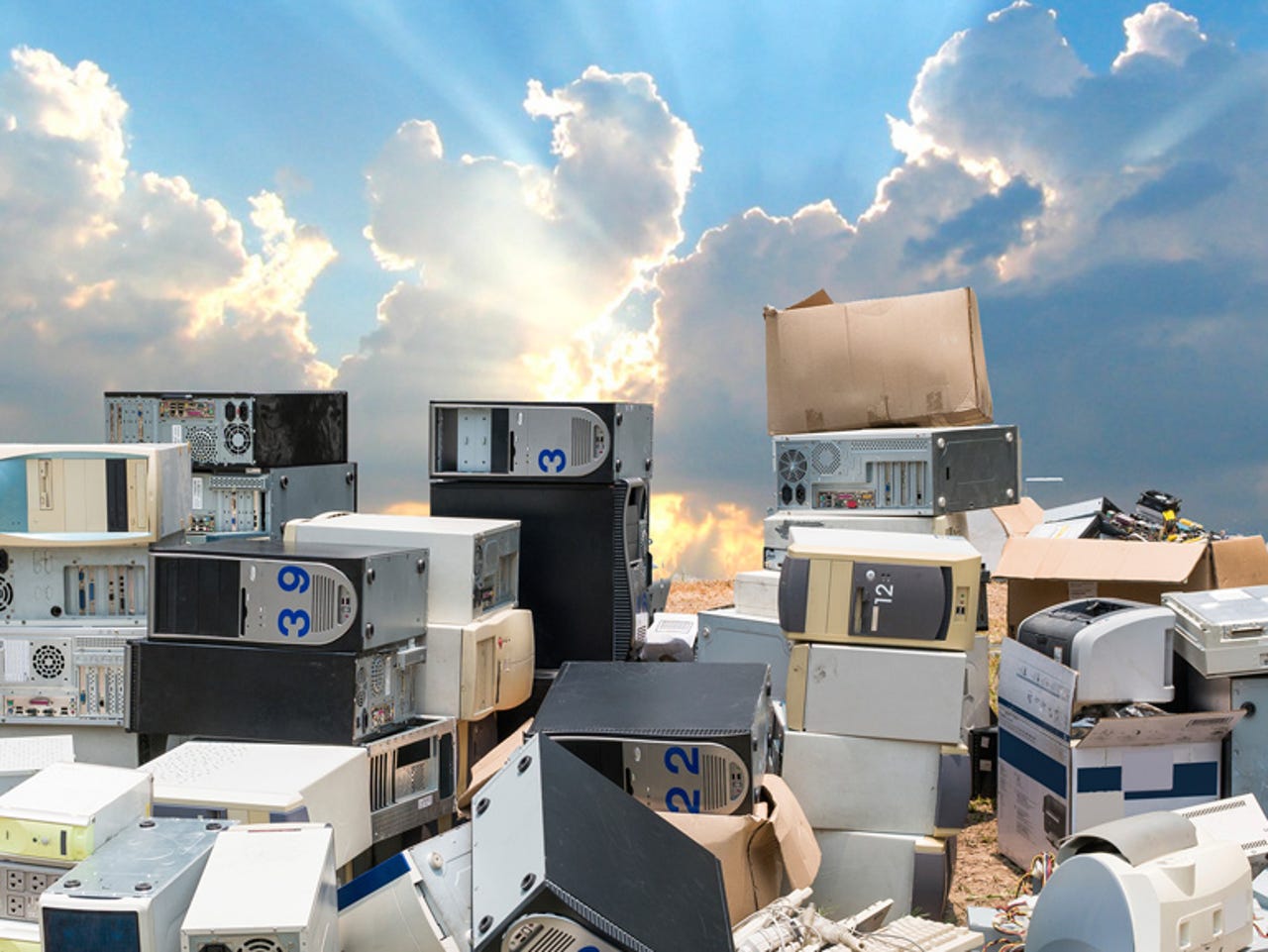Spring cleaning: How I scrapped my servers for a hybrid cloud


In the last year, I've become accustomed to throwing out or giving away a large amount of stuff.
It's not that I've had some kind of hoarder intervention -- it's because I no longer am the same person that I used to be and I need to make room for other stuff.
Maybe that isn't an accurate description. I am the same person, but there's about half of my former self left.
In the last fifteen months I've thrown out essentially my entire wardrobe. My wife has made multiple trips to goodwill and other places with huge garbage bags filled with clothing.
I've had to do this a few times at different weight loss milestones, as I inevitably move from one set of hand-me-downs to a size smaller.
My wardrobe has not been the only victim of downsizing. So has my IT infrastructure.
My wife, my two dogs and I live in a five bedroom house in South Florida that I will have occupied for four years as of this summer. It's perfectly sized for us two and the occasional guest, and for entertaining friends.
We sleep in the master bedroom. I get one bedroom for my office, my wife takes another for hers, there's a guest bedroom for visitors, and then there is the catch-all telecom infrastructure/pantry/storage room.
It's a nice sized house, but unlike our former home in New Jersey we are a bit starved on pantry and other storage space. So the "extra" bedroom is loaded with racks for extra kitchen appliances, canned and boxed goods, and yes, all of my network and computer equipment.
When we moved here, I brought down my lab environment, which consisted of four enterprise-grade server systems, each with multiple multi-core processors and 32GB of RAM on them.
Each of these systems is about four to six years old. They're perfectly serviceable, they will run modern virtualization software and server OSes -- but they are big, heavy, have a tremendous thirst for electricity, and are loud. Very loud. The redundant power supplies and the fans on those things are ridiculous.
They were never meant to be used in a residential environment and keeping them running constantly in Florida year-round either meant running the A/C at full blast (which only has a single zone) or putting in a dedicated A/C and fans for that room.
And because that bedroom where the servers lived is right next to our master bedroom, I had to turn those things off every night, because they made far too much noise.
About two years ago I decided I would only power on the systems as I would need them. I would replace the balance of what I needed to use them for by taking advantage of the public cloud.
And for the last two years those servers sat on the shelves, doing effectively nothing and collecting dust. If I needed to do server and application testing I just fired up an IaaS VM in Azure. When I was done with it I turned the VM off.
Very little personal funds on Azure were expended, far less than if I were to devote electrical power to local systems with.
These servers want to heat your house ... for free
I use Azure because it's the cloud platform I am most familiar with. In my day job, I work for Microsoft. But if I had used Amazon Web Services or Google Compute or another 3rd-party it would have been the same deal -- everyone's basic IaaS prices are effectively the same now, as compute, storage and bandwidth are highly commoditized.
The differentiation between these public cloud providers is really in the specific value added services. Pick your public cloud flavor -- but pick cloud, period.
But I did miss local compute capability, as I liked having some near-line storage and virtualization. I also started to realize that I needed to test desktop OSes and apps as well and I didn't want to disrupt my business-critical laptops for the purposes of running pre-release or 3rd-party desktop software.
What I wanted was my own hybrid cloud, the flexibility of having some on-premises server resources but being able to add capacity or offload to Azure or another public cloud provider.
I had tabled that for a while, until Ed Bott pointed me to a few deals I couldn't refuse a few days ago. A small, desktop-sized barebones HP quad-core Xeon desktop tower was on sale at Amazon, as were 512GB MLC flash drives at Newegg. I just needed to add some RAM and I was ready to go.
For about $1000 all-up, I could have my local server processing back. And it wouldn't be big, it wouldn't be loud, and it wouldn't eat a ton of electricity. I just needed to put a hypervisor on it, like Windows Server 2016 TP4 with Hyper-V on it and I would be good to go.
Tie it in with a VPN connection to Azure, and hybrid cloud, here I come.
But if I didn't get that 200 pounds of six-year-old server equipment out of my house my wife was going to kill me. Luckily, someone in our friends' circle, a Linux geek working at a local startup could find them a good home. And he was even willing to come over to the house and pick them up.
I managed to free up an entire rack of stuff which gives my wife more storage space. Bonus.
So now I am back to having my (low carb) cake and eating it. I get the power of local processing but the flexibility of bursting and storing data on cloud, while minimizing my infrastructure footprint. No compromises.
Plus my wife is no longer pissed at me for taking up her pantry space. Score!
Have you downsized your server infrastructure footprint in your lab or in your datacenter for hybrid workloads recently? Talk Back and Let Me Know.